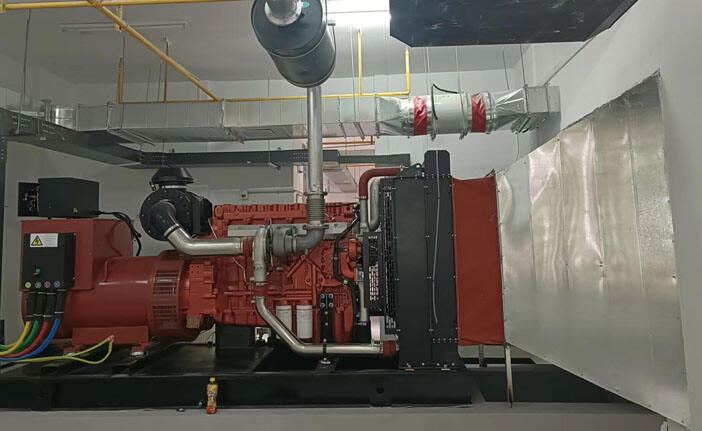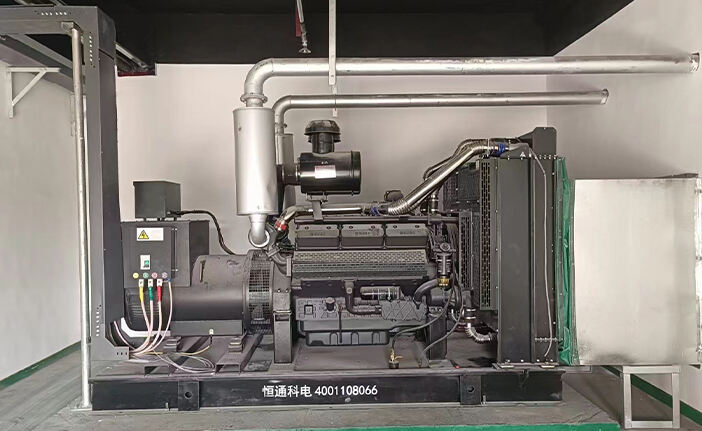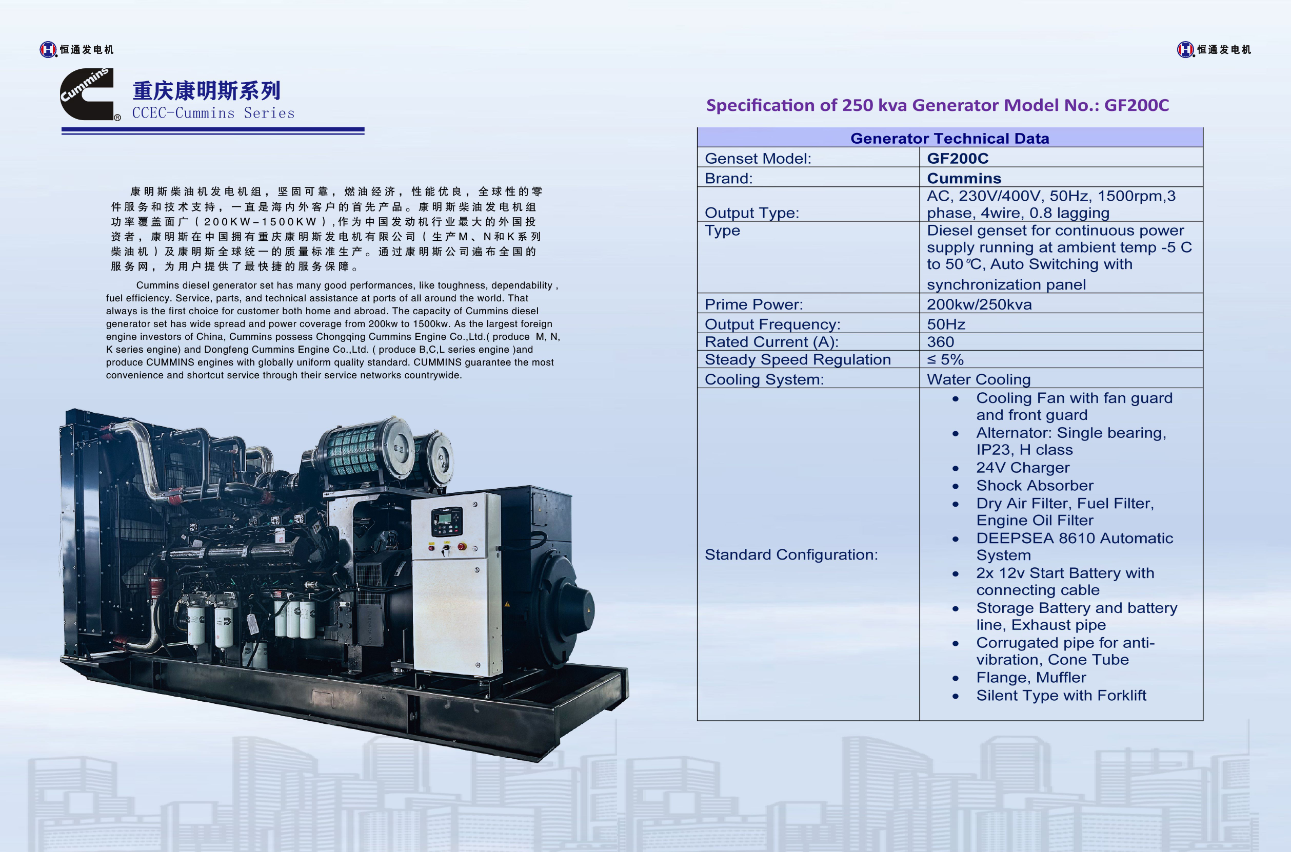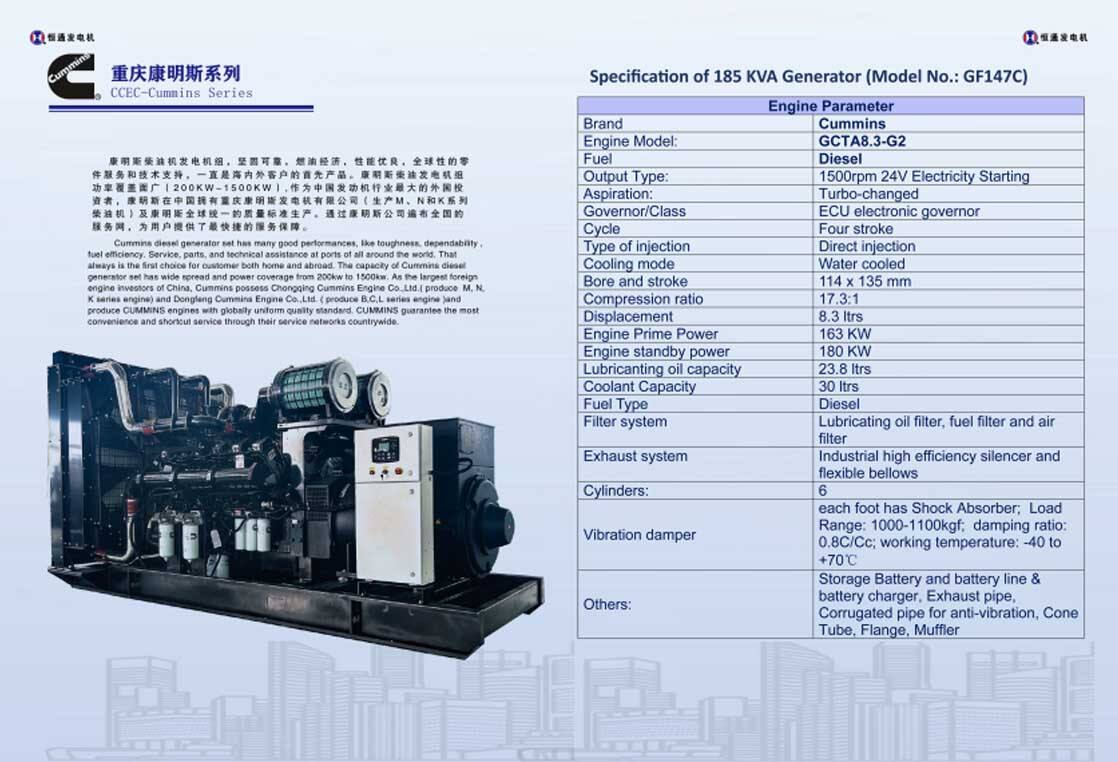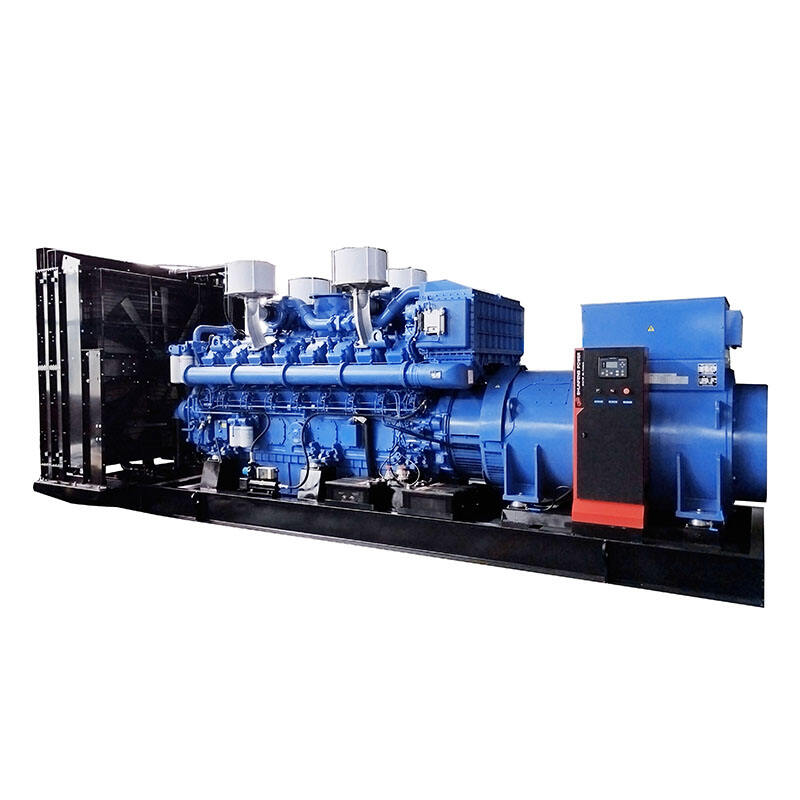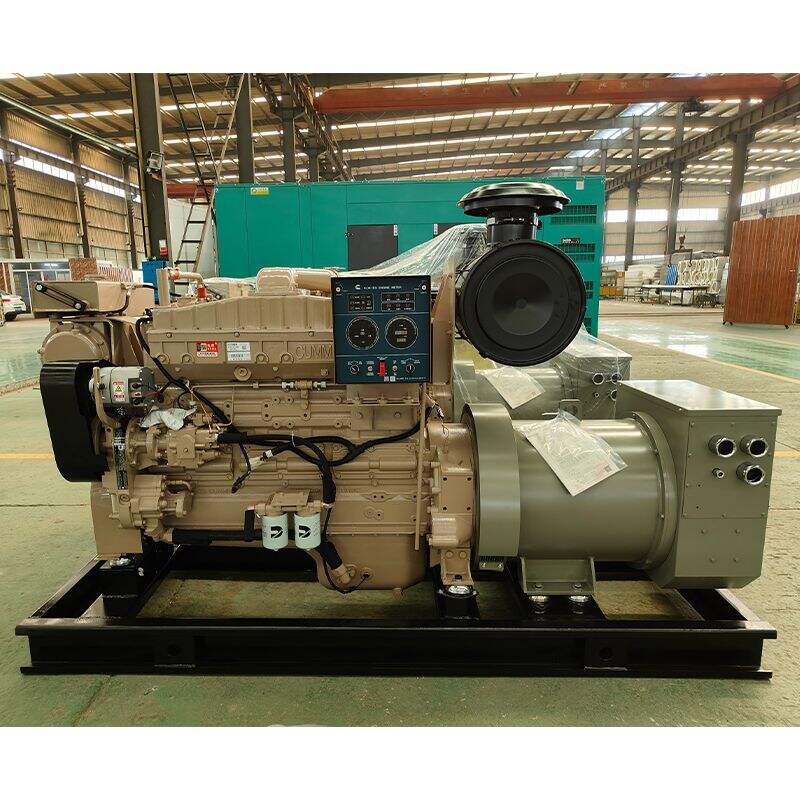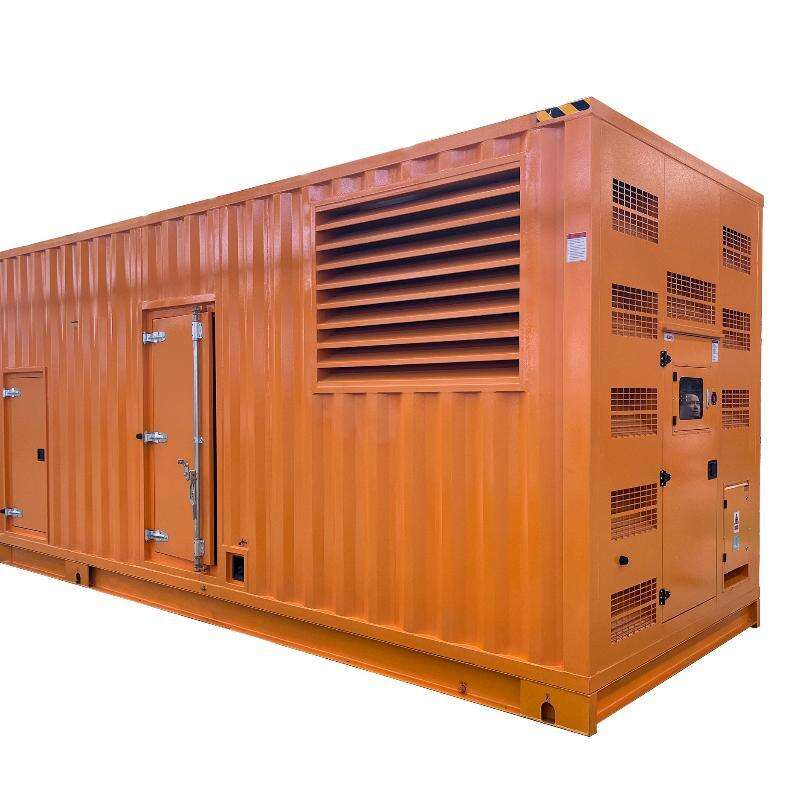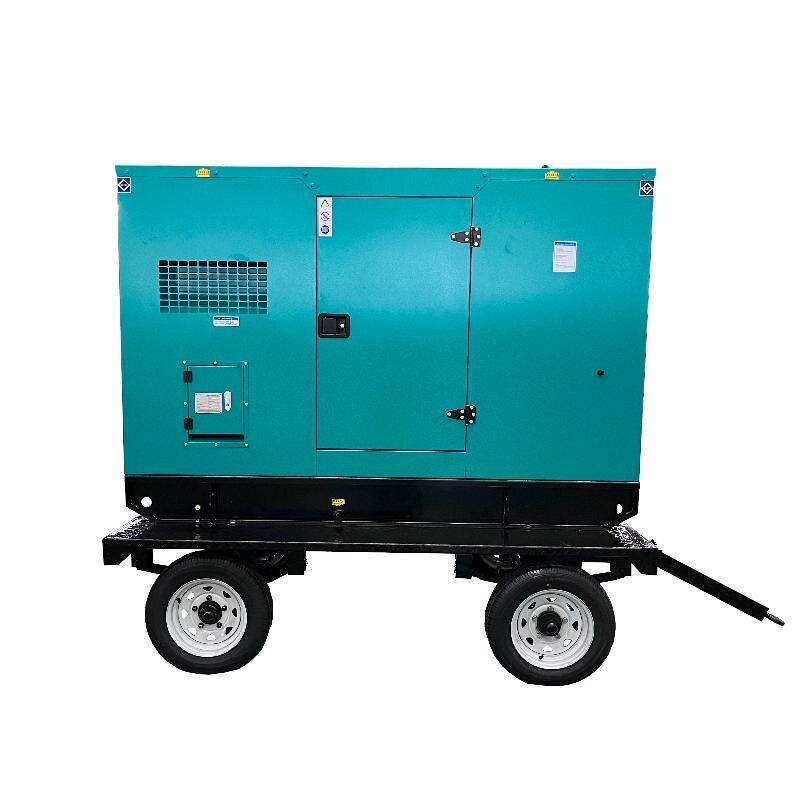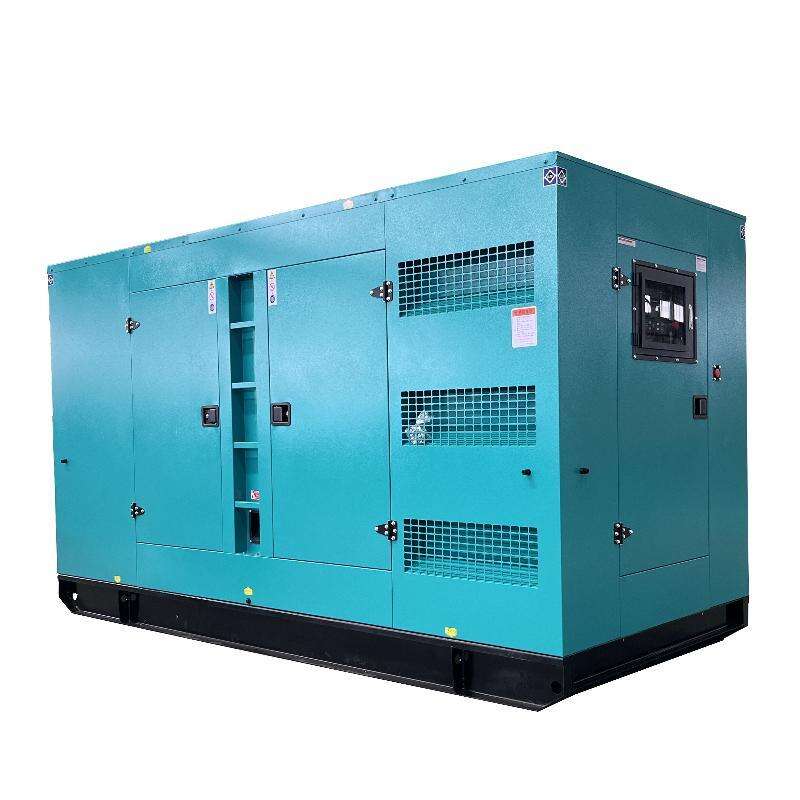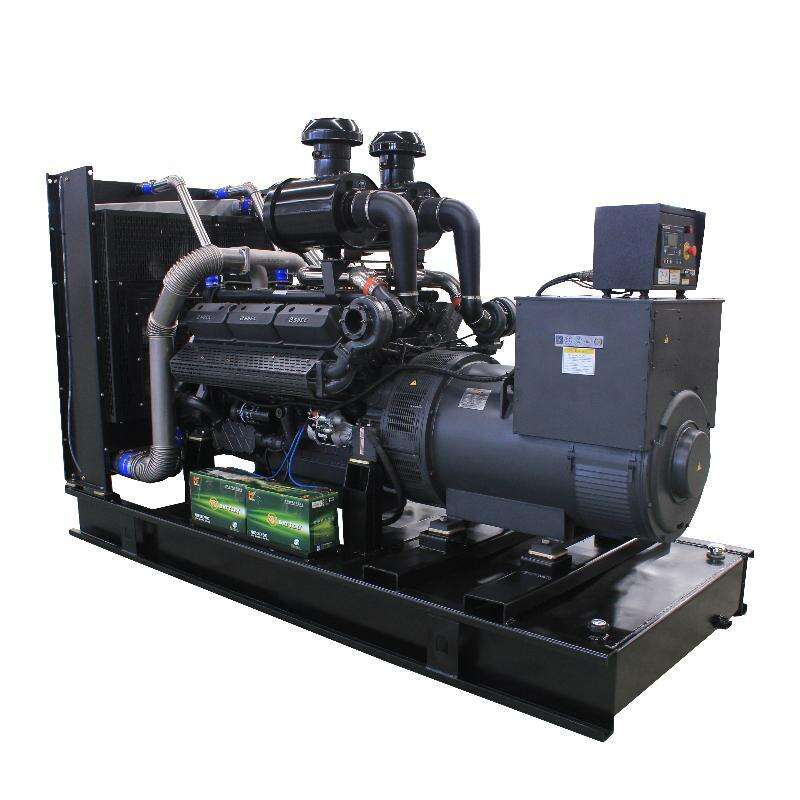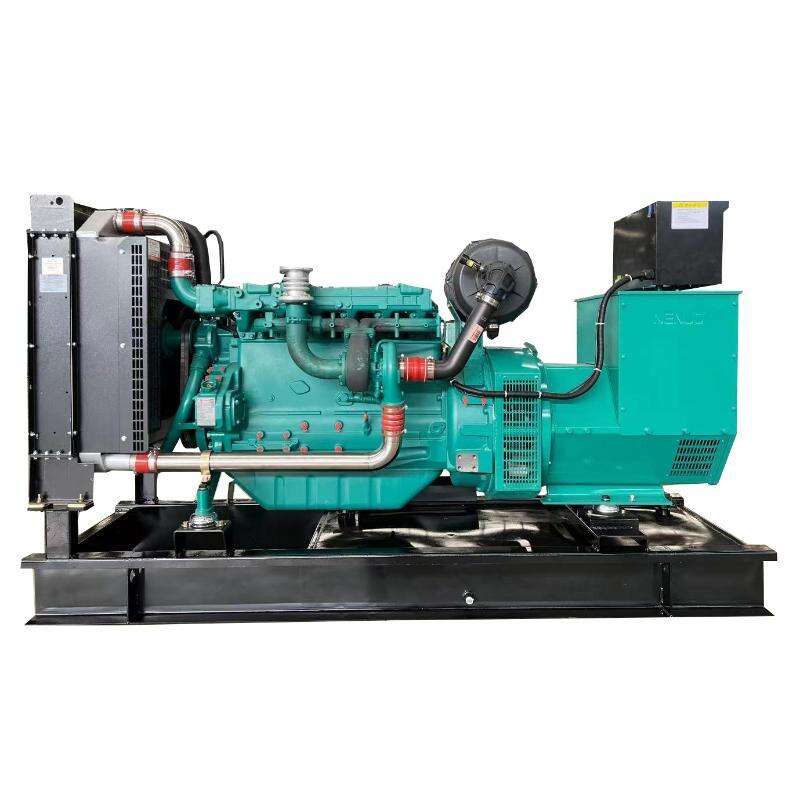Common faults and troubleshooting methods of diesel engines in generator sets
1. When there are abnormal phenomena during the operation of the diesel engine, a comprehensive judgment of which part or system is faulty can be made using methods such as "looking, listening, touching, and smelling".
Observe the readings of various instruments, exhaust smoke color, and changes in water and oil;
Use a slender metal rod or wooden handle driver as a stethoscope to touch the corresponding parts on the outer surface of the diesel engine and auscultate the sound and its changes made by the moving parts;
Use your fingers to feel and check the operation of the valve mechanism and other components, as well as the vibration of the diesel engine;
"Smell" relies on the sensory sense of smell to detect any abnormal odors in the diesel engine.
2. When a diesel engine suddenly malfunctions or the cause of the malfunction has been determined, and the malfunction will affect the normal operation of the diesel engine, it should be stopped for inspection in a timely manner. For faults that cannot be immediately identified, the diesel engine can be run at low speed without load, and then observed and analyzed to identify the cause, in order to avoid larger accidents.
3. When it is judged that there is a major fault or the diesel engine suddenly stops on its own, it should be promptly dismantled, inspected and maintained.
4. The causes and troubleshooting methods for each occurrence of faults, especially major ones, should be recorded in the operation book for future reference during maintenance.

 EN
EN
 AR
AR
 BG
BG
 HR
HR
 CS
CS
 DA
DA
 NL
NL
 FI
FI
 FR
FR
 DE
DE
 EL
EL
 HI
HI
 IT
IT
 JA
JA
 KO
KO
 NO
NO
 PL
PL
 PT
PT
 RO
RO
 RU
RU
 ES
ES
 SV
SV
 TL
TL
 VI
VI
 TH
TH
 TR
TR
 GA
GA
 CY
CY
 BE
BE
 IS
IS

